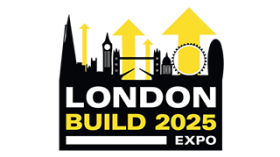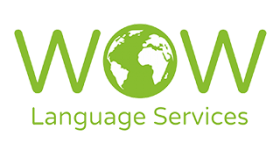Grantex is the UK’s leading supplier of specialist aggregates and producer of Premium Dried Sports Sand for High-Performance Synthetic Pitches.
Creating and maintaining an outstanding synthetic pitch starts with the right foundation. Grantex premium dried silica sand is engineered to deliver exceptional performance, durability and safety across a range of synthetic sports surfaces.

 In March 2007, the Meetings Industry Association (MIA) launched its much anticipated meetings industry dedicated accreditation, AIM (Accredited in Meetings). AIM was developed by the MIA, in association with the Best Practice Forum, as a system for grading venues and meetings suppliers within standardised criteria. The criteria were carefully designed to cover all considerations of meetings procurement, with an especially heavy focus on the value proposition.
In March 2007, the Meetings Industry Association (MIA) launched its much anticipated meetings industry dedicated accreditation, AIM (Accredited in Meetings). AIM was developed by the MIA, in association with the Best Practice Forum, as a system for grading venues and meetings suppliers within standardised criteria. The criteria were carefully designed to cover all considerations of meetings procurement, with an especially heavy focus on the value proposition. 








